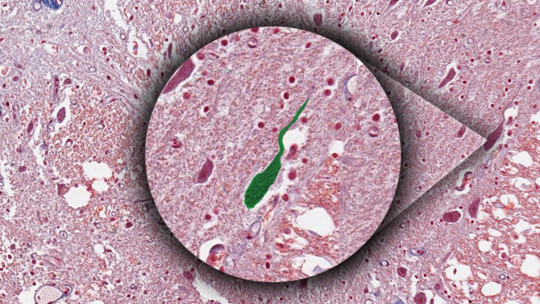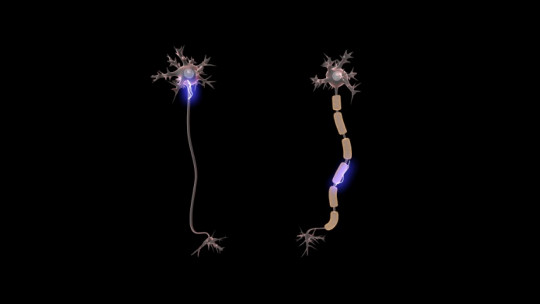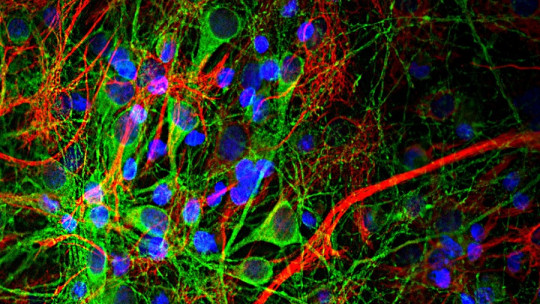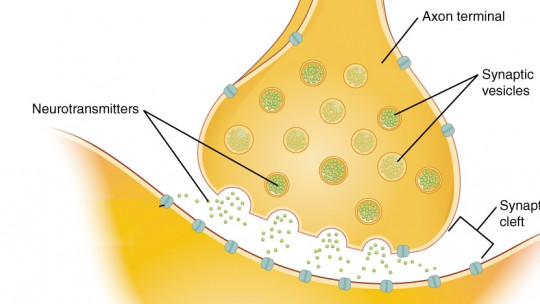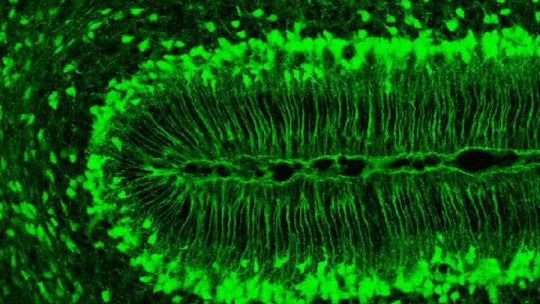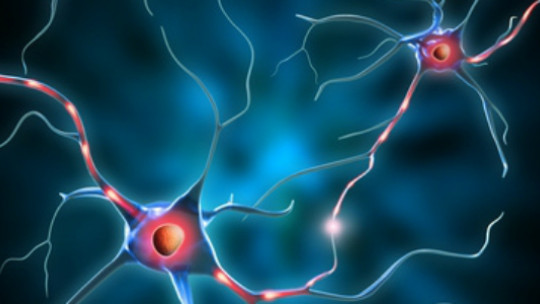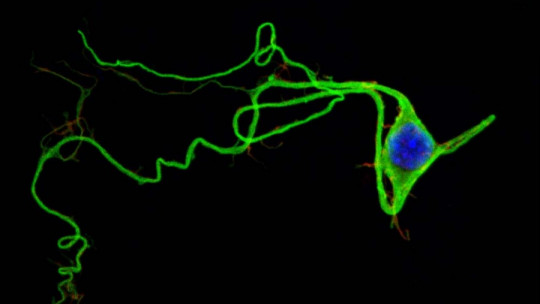The neuron is the basic unit of our nervous system. It is a type of cell through which information is transmitted both at the level of the nervous system itself and in relation to the rest of the body systems, which said system controls.
But not all neurons are the same, there are different types classified according to different criteria. One of these types are known as unipolar neurons which this article deals with.
The basic unit of the nervous system
The neuron is a specialized cell that, as we have already said, is the basic unit of the nervous system. This type of cell allows the transmission of information of various types through bioelectric impulses, thanks to which our body can function.
The neuron consists of a nucleus located in the soma or perikaryon, in which a large part of the reactions and protein synthesis that allow its functioning occur, and an axon or extension that starts from it and that allows the transport of the bioelectric signal. towards other neurons or organs and dendrites, branch-shaped structures that receive information from the previous neurons.
There are neurons of different types. They can be classified in different ways , such as according to the type of information they transmit, or by their morphology, and they can be found in different parts of the organism. Within the classification based on morphology, we can find multipolar, bipolar or unipolar neurons.
Unipolar and pseudounipolar neurons: morphological characteristics
Unipolar neurons are understood to be those neurons in which only one extension or neurite emerges from the soma, which will act as an axon and at the same time will have dendrites with which it can both receive and transmit information. This type of neurons is usually the main one in invertebrate animals but they also appear to a lesser extent in vertebrates.
As we have said, the unipolar neuron only has one neurite or extension that acts as an axon. However, this neurite usually divides into two branches. In this case we would be talking about pseudounipolar neurons a variant of unipolar neuron that has two ends that function as axons (which arise from the same extension and not from the soma, which would still be a unipolar neuron).
These branches derived from the neurite usually have a differentiated function: one will be dedicated to the reception of information and the other to its transmission. Specifically, the branch dedicated to reception tends to connect with peripheral elements, while the branch that transmits information is directed to the nervous system. At the end of the first, also called peripheral branch, dendrites can be found. The second, the central branch, acts as an axon transmitting information. This transmission has a peculiarity: the nerve impulse can jump from the dendrites to the axon without passing through the soma.
Location in the nervous system
Unipolar and pseudounipolar neurons They are types of neurons that are rare and infrequent in the human body but we have them in different locations.
You can find each other forming part of the root of the spinal nerves and in the ganglia , specifically in the dorsal root, where they connect the nervous system with the peripheral organs. Thus, they are part of the autonomic nervous system. In addition, neurons of this type have been found in the retina.
Function of unipolar neurons
Unipolar neurons, despite their relatively scarce presence compared to other types of neurons, have an important function in our body. We are before fibers that have the function of receiving information from peripheral organs and transmit it to the nervous system. That is, they are afferent neurons.
In this way, in human beings they usually play a relevant role in perception. They actively participate in the detection of tactile stimuli, both at the level of touch itself and in the detection of pain. They are also linked to the sense of sight, and can be found in the retina.

